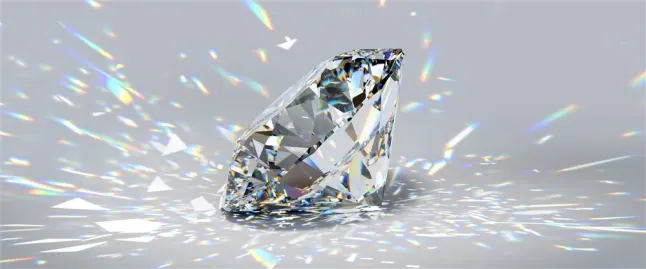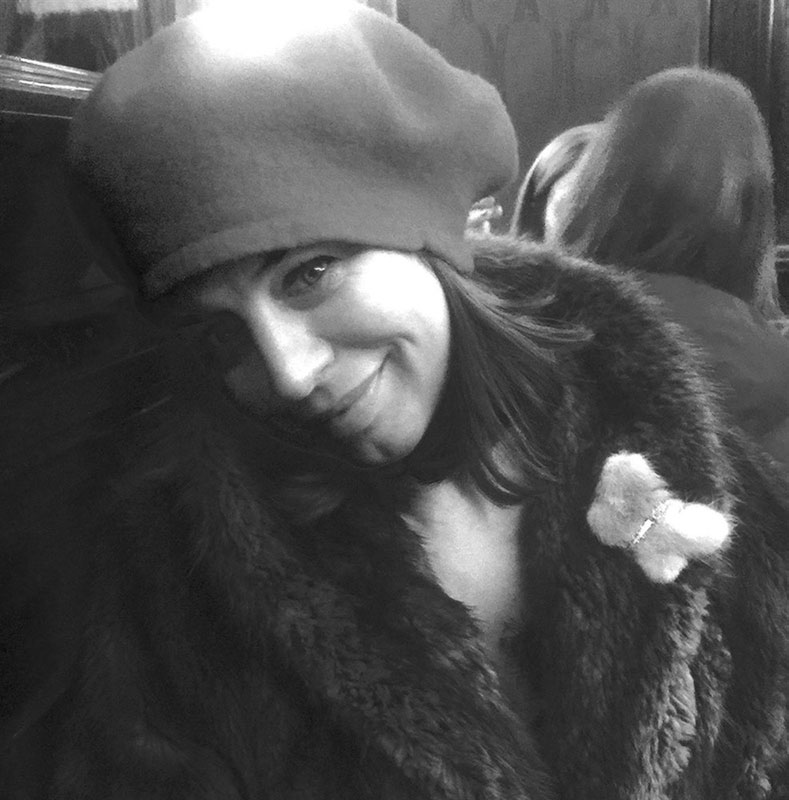Five Carat Diamond Buying Guide | Rare Carat
How Big is a 5 Carat Actually?
If you are toying with the idea of buying a five-carat diamond, my first and most earnest piece of advice would be: balance a pea on your finger. A round cut brilliant diamond will measure, give or take a few tenths of a millimetre, the average diameter of everyone’s favourite veg – that’s 11mm.
A Hefty Choice
Once you have established that you are suited to a pea sized sparkler, then take into consideration the weight that you will be committing your finger to. With one carat equal to one fifth of a gram, it figures that five carats are going to weigh in at one gram. Your average pea (and I have checked, as I take my role as arbiter of truth very seriously here) is half a gram. So, double the weight of your pea.
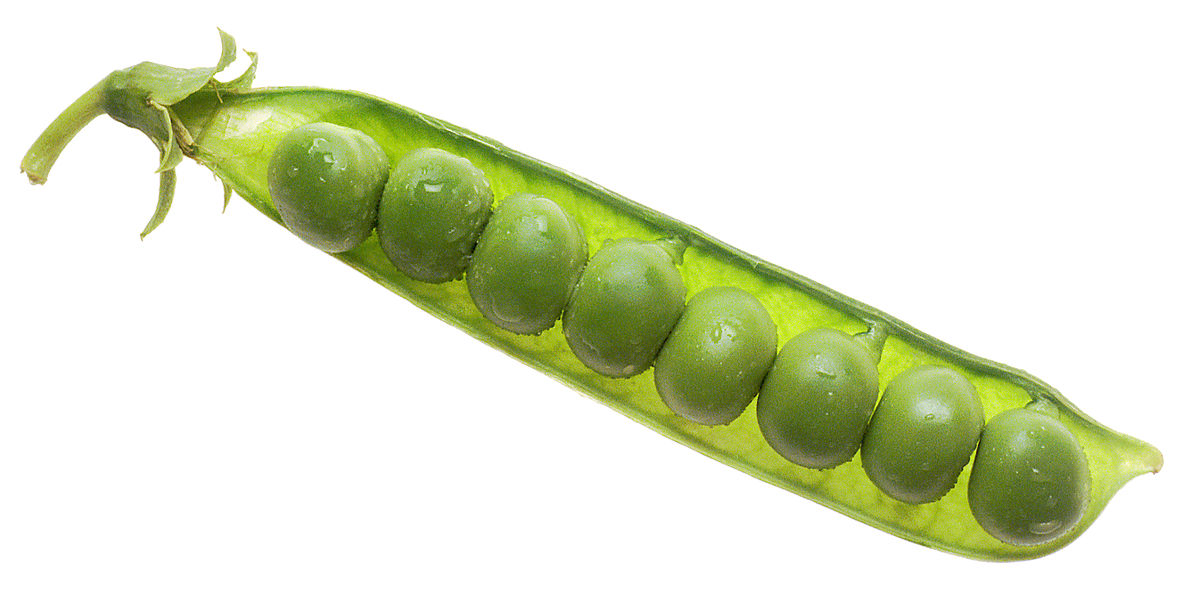
To summarise, a five-carat round brilliant cut diamond is the same size, but twice the weight of the sweet and succulent spherical veg. If, for the sake of extending the comparison, you wanted a five-carat pea, at twice the size, that would make one impressive statement piece. It just wouldn’t last as long. But would be edible. Swings and roundabouts. Your call.
This little exercise was not just an excuse for me to mess around with frozen peas for a good fifteen minutes. It heralds a serious message to all potential diamond buyers. Bear in mind that the carat is, bottom line, a unit of weight. Yes, obviously, the more weight the stone has, the bigger it will be – and invariably, the more expensive. But that does not necessarily mean it will be more beautiful. It is how the diamond is cut that will decide that.
A Lesson in Cut & Proportions
The beauty of a diamond, that is, its ‘sparkle’, is determined by its proportions – ie. the angles and sizes of the facets – because it is these proportions that will puppeteer the light in just the right way so as to return it to the eye as brilliance and fire.
All of these proportions contribute to an attractive stone, but there is one angle that rules them all - the one between the girdle and the pavilion (the lower half) of the stone. For example, the sweet spot for a round brilliant cut diamond is between 40-41 degrees. If this angle is too big or too small, then the stone will be too deep or too shallow, and the diamond will not perform at its best. My point? Well, if you have two stones of equal weight, but one with a deep pavilion and one with a shallow pavilion, the latter will have more weight in the bum, so appear smaller from the top, and the former will have its weight spread across the stone, so will appear bigger. But neither will be as pretty as they could be.
The moral of the tale? For anyone willing to pay for a five-carat stone, which will be around $10,000 a carat at the lower end, (so, a lower clarity and colour) and at the upper end (venturing above an H colour and VS plus clarity grades), closer to $30k at the very least, there will be certain expectations on the diamond to look ‘big’.
Therefore, the pea analogy is my means of managing those expectations. If you want a beautiful diamond at five carats, know that it will never appear much bigger than the product of a pod. (Or – in the absence of groceries, always go for an Excellent Cut.)
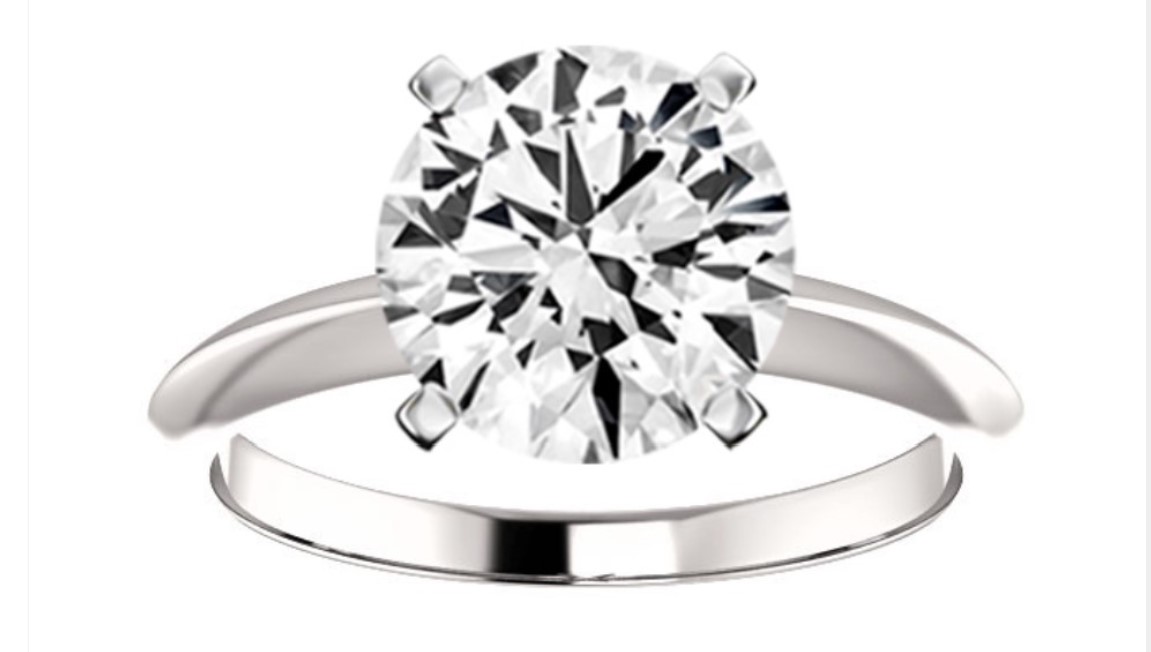
A couple post-scripts to accompany the aforementioned peas of wisdom:
Once in possession of the stone, the next step is to select the setting. Obviously, you’re buying it. Your opinion is the only one that matters. And if you want that rock to be the centre piece in a surround of neon-pink dyed pearls, I am not the one to cast judgement (there may just be something in that….). There are a multitude of styles to choose from – in this day and age, in particular. You could experiment with a titanium setting. Or an asymmetrical design. Or between sapphire side stones. Or Go Art Deco, and put it in a border of calibre cut rubies. But if you wish for my humble opinion, the stand-alone solitaire setting for such a stone is really the only way to go. In a coronet mount. To honour the Queen of the gems.
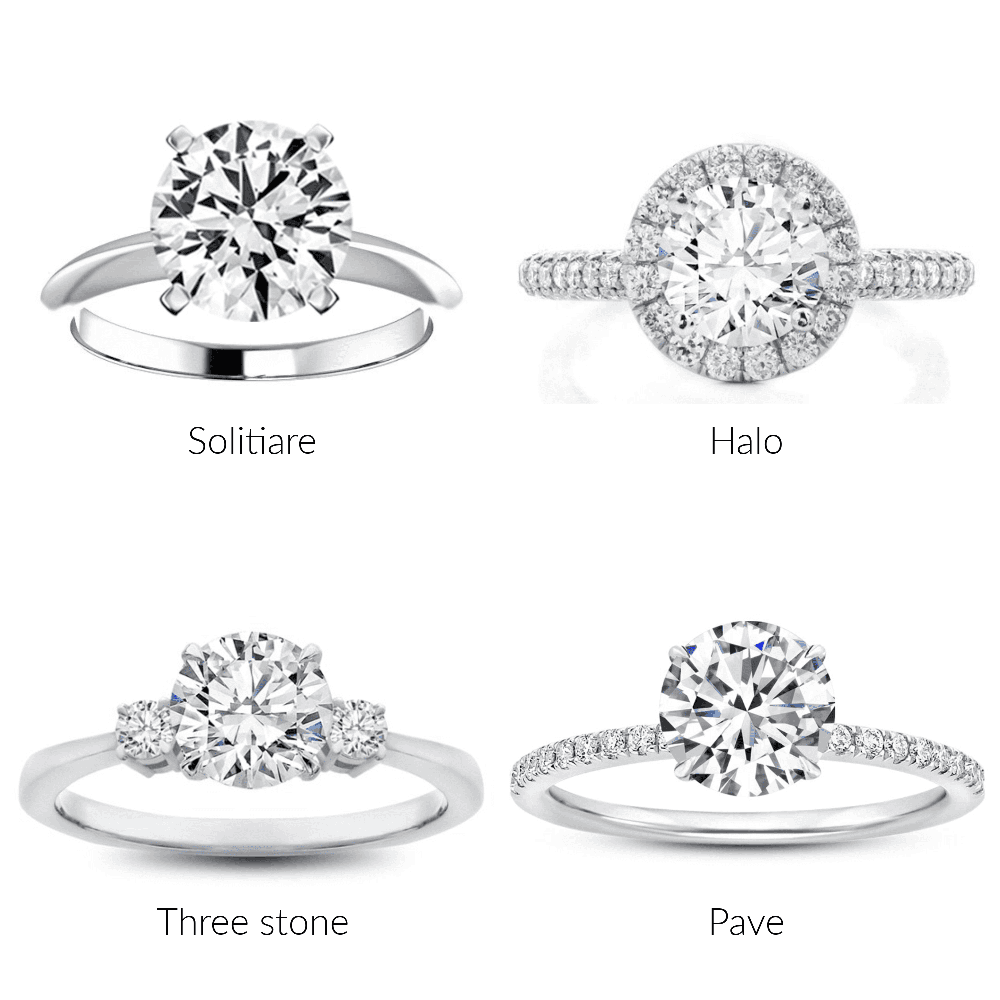
Finally. Be careful. A five-carat diamond will catch the eye. Of most. Even the lesser morally advanced amongst us. So, if you are wandering the streets on a night out, still flushed with delight at your new purchase, perhaps turn the diamond in to face your palm. Apologies. I can’t suppress the mother in me.
